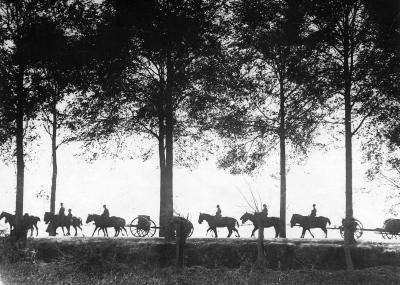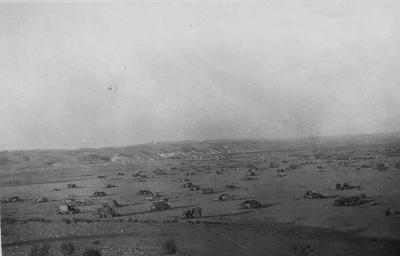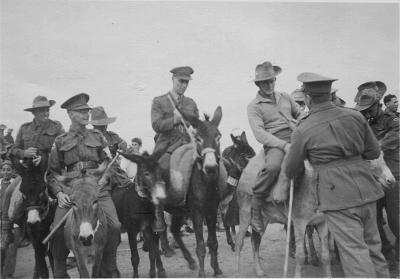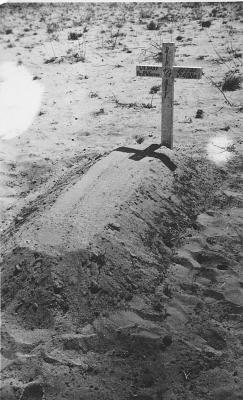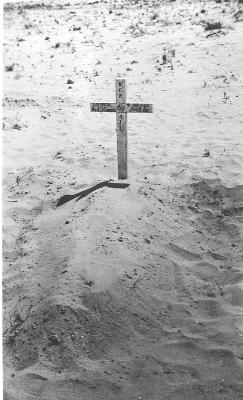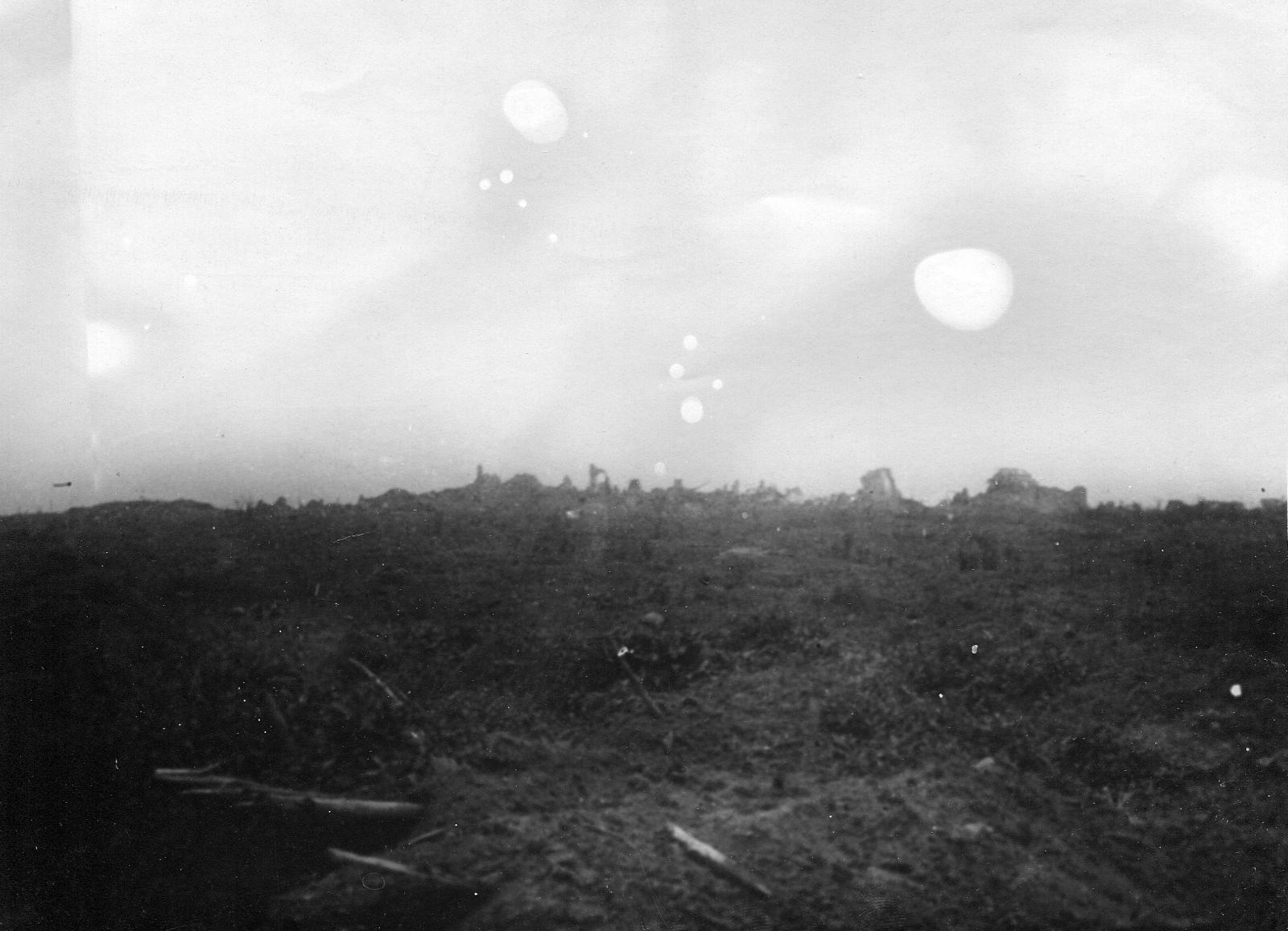World War 1, Europe, Belgium, Western Front, Messines, 1917
1917View of the ruins of Messines
The Battle of Messines (7–14 June 1917) was an attack by the British Second Army (General Sir Herbert Plumer), on the Western Front near the village of Messines in West Flanders, Belgium, during the First World War.
The British tactical objective was to capture the German defences on the ridge, which ran from Ploegsteert Wood (Plugstreet to the British) in the south, through Messines and Wytschaete to Mt. Sorrel, depriving the Germans of the high ground. The ridge gave commanding views of the British defences and back areas of Ypres to the north, from which the British intended to conduct an advance to Passchendaele Ridge and then capture the Belgian coast up to the Dutch frontier.
The tunneling companies of Second Army completed nineteen mines containing around one million pounds of high explosive. Plumer was well aware of the siege-warfare nature of fighting on the Western Front; he planned his offensives with meticulous detail, and his cautious approach saved lives and earned him the affectionate respect of his soldiers. The mines were used to devastating effect, and the blast from the explosions could be heard in London some 130 miles (209 km) distant.
Historians and writers disagree on the strategic significance of the battle, although most describe it as a British tactical and operational success. The Australian Official History records II Anzac Corps losses from 1 to 14 June as 4,978 casualties in the New Zealand Division, 3,379 casualties in the 3rd Australian Division and 2,677 casualties in the 4th Australian Division.
Details
Details
Open in Google Maps
Nearest geotagged records:
Australian Army Museum of Western Australia
Australian Army Museum of Western Australia
Other items from Australian Army Museum of Western Australia
- World War 1, Europe France, 1917
- World War 1, Europe Belgium Ypres, 1917
- World War 1, Europe, 1917
- World War 2, Middle East, 2/48 Battalion, 1942
- World War 2, Middle East, 2/48 Battalion, 1942
- World War 2, Middle East, 2/48 Battalion, 1942
- World War 2, Middle East Israel Nazareth, 2/48 Battalion, 1942
- World War 2, Middle East, WX9487 FLEETON, 2/48 Battalion, 1942
- World War 2, Middle East, WX10146 RANDALL 2/48 Battalion, 1942
- World War 2, Middle East, SX10269 WILSON, 2/48 Battalion, 1942
- World War 2, Middle East, WX9830 PARRY, 2/48 Battalion, 1942
- World War 2, Middle East, WX9858 GURNEY VC, 2/48 Battalion, 1942


